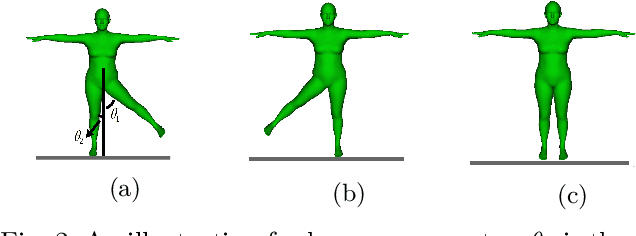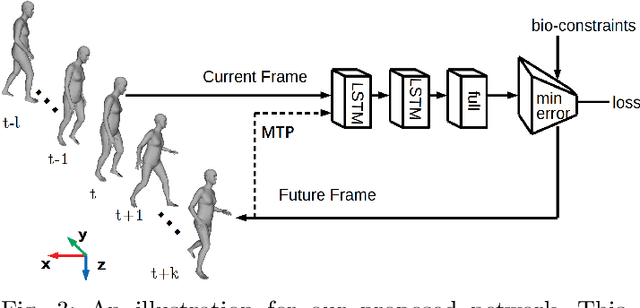Bio-LSTM: A Biomechanically Inspired Recurrent Neural Network for 3D Pedestrian Pose and Gait Prediction
Paper and Code
Feb 18, 2019



In applications such as autonomous driving, it is important to understand, infer, and anticipate the intention and future behavior of pedestrians. This ability allows vehicles to avoid collisions and improve ride safety and quality. This paper proposes a biomechanically inspired recurrent neural network (Bio-LSTM) that can predict the location and 3D articulated body pose of pedestrians in a global coordinate frame, given 3D poses and locations estimated in prior frames with inaccuracy. The proposed network is able to predict poses and global locations for multiple pedestrians simultaneously, for pedestrians up to 45 meters from the cameras (urban intersection scale). The outputs of the proposed network are full-body 3D meshes represented in Skinned Multi-Person Linear (SMPL) model parameters. The proposed approach relies on a novel objective function that incorporates the periodicity of human walking (gait), the mirror symmetry of the human body, and the change of ground reaction forces in a human gait cycle. This paper presents prediction results on the PedX dataset, a large-scale, in-the-wild data set collected at real urban intersections with heavy pedestrian traffic. Results show that the proposed network can successfully learn the characteristics of pedestrian gait and produce accurate and consistent 3D pose predictions.
 Add to Chrome
Add to Chrome Add to Firefox
Add to Firefox Add to Edge
Add to Edge